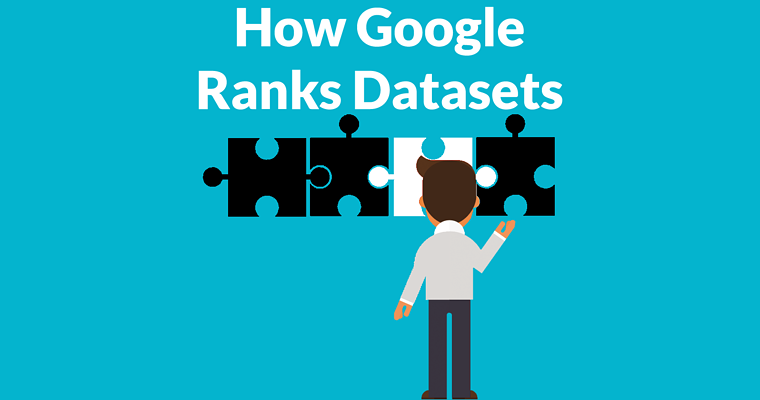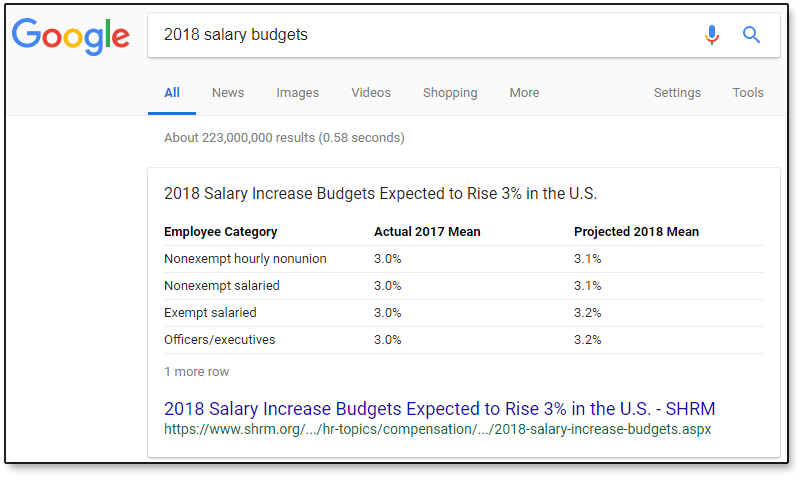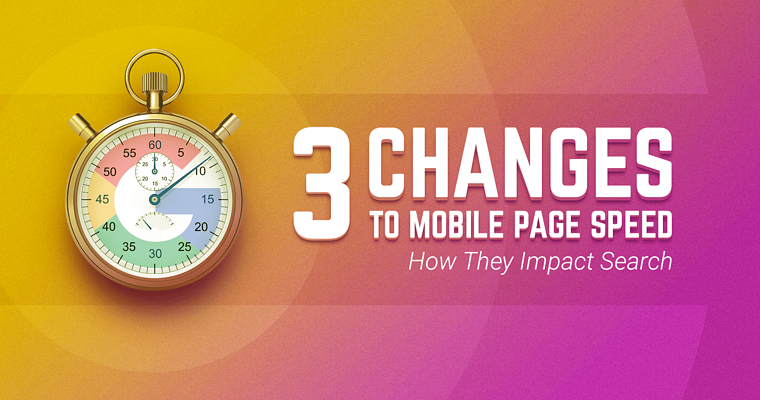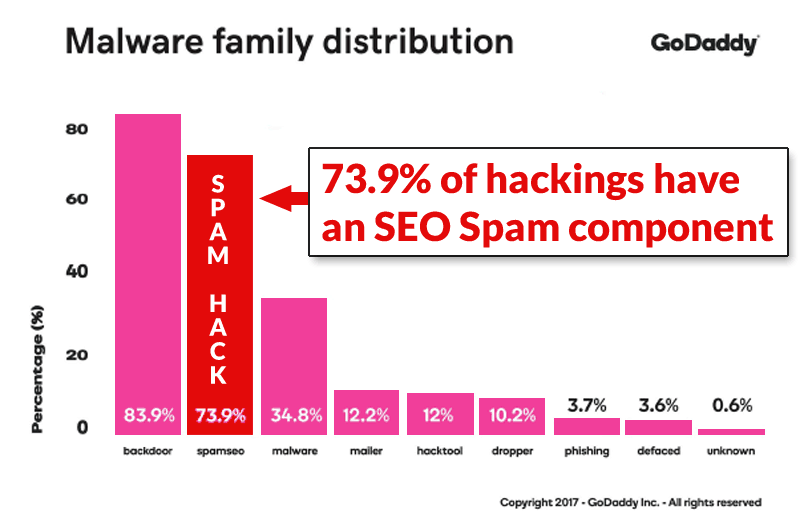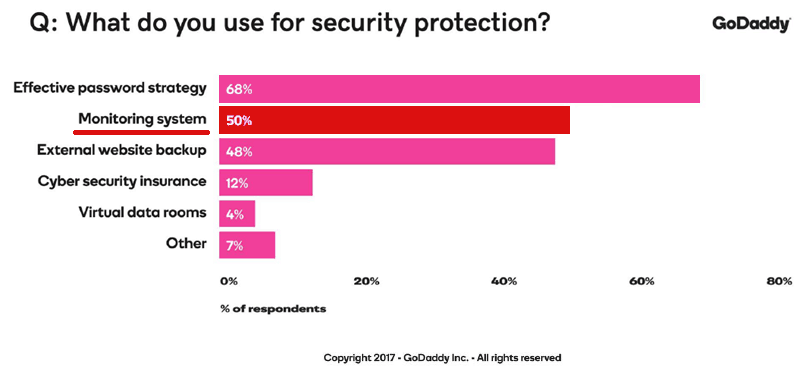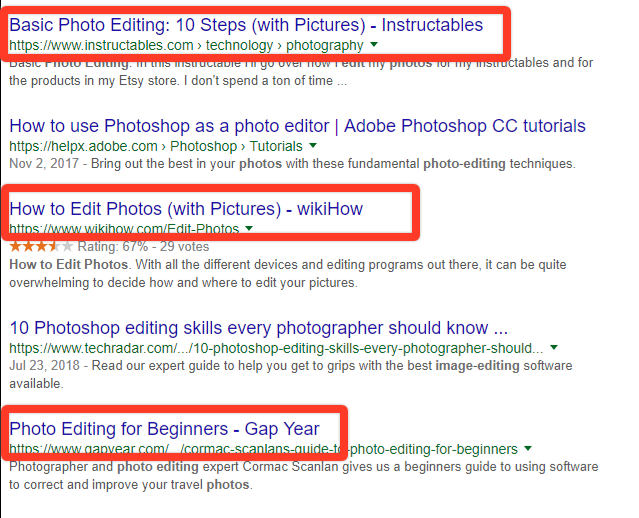If SEO crosses an small business owner’s mind in the morning, it’s typically accompanied by feelings of dread and confusion.
But it doesn’t have to be this way.
Contrary to what most people think, SEO is actually quite simple.
SEO Doesn’t Have to be Overwhelming
Want to increase your visibility on Google? You could make any of hundreds of changes to your website right now.There are also hundreds of websites, blogs, and online courses designed to teach you about SEO.
There are dozens of tools that promise to help you do everything from automating content marketing to boost your search rankings.
Then there are books, podcasts, webinars, events, and conferences.
Becoming an expert in SEO requires months, even years, of a steady commitment to learning. And the cherry on top is the fact that Google can (and does) decide to change its algorithm at a moment’s notice.
When it does so, the clock resets, and you have to re-familiarize yourself with SEO practices and rules.
As intimidating as SEO is, many small business owners simply decide not to worry about it.
Either they spend way too much hiring it out to someone else, or they just don’t deal with it at all.
The first approach takes a big chunk out of an already limited budget.
The second approach suppresses digital marketing and exposure, which leads to fewer sales.
But here’s the truth:
SEO doesn’t have to be overwhelming.
So much of the information, advice, and strategies that you see circulated in the industry are nothing more than noise.
When you learn to block out these distractions, you’ll discover that SEO success ultimately comes down to doing a few things really well.
For the best outcome, develop a weekly approach to SEO and stick with it. Doing so allows you to organize your efforts behind tangible actions that produce demonstrable results.
Here are six things you should do weekly.
1. Develop Two Internal Blog Posts
Content is the catalyst for SEO results. You can optimize your website all you want, but unless you have content, you won’t ever consistently rank for the right search terms.A lot of businesses think they need to publish one blog post every day. In theory, this sounds great. However, it quickly becomes overwhelming.
This leads to missed goals, low morale, and shallow blog posts that are riddled with errors.
You’re far better off focusing on developing two blog posts per week. It might not sound like much, but this equals more than 100 posts over the course of a year.
Before you know it, you’ll have an arsenal of content supporting your SEO efforts.
2. Publish One Guest Blog Post
In addition to publishing content on your website, you also need to dedicate some time and energy to off-site content in the form of guest blogging. The benefits of guest blogging include:- Creating backlinks to your website.
- Strengthening brand awareness.
- Aligning your brand with industry leaders.
- Building your personal brand.
- Generating leads and traffic.
- Creating social signals.
It also puts your brand in front of a new audience multiple times per month.
3. Engage Seven Influencers
You must understand who the biggest influencers are in your industry (and for your audience). Set a goal of engaging at least one influencer per day.Some of these interactions will be short and sweet, while others will require more of your time. It could be anything from commenting on an influencer’s blog post to setting up a lunch meeting.
As you engage influencers, you’ll find that your network gets bigger and that your relationships become more meaningful.
One of the many indirect benefits of this is that influencers start to mention you by name, link to your website, and offer opportunities to speak, write, or engage with their audiences.
4. Spend One Hour with Google Analytics
It’s wise to spend time inside the Google Analytics platform each week.A 30-minute session at the beginning of the week and another half-hour session at the end of the week will give you time to explore important trends and get a pulse on what’s happening inside your website.
5. Spend One Hour Optimizing Your Website
Based on the takeaways you gather from your time studying your website analytics, you can make any necessary tweaks and optimizations. For example:- If you notice that your page loading speed is slower than normal and that it’s affecting your conversion rates, you may take the time to speed things up.
- Perhaps you’re missing the mark on some keywords and you notice a few areas where you could improve. Taking the opportunity to plug in some new long-tail keywords and concepts could elevate your rankings.
- Is one product page converting at a significantly higher rate than another? Copying the same layout and using it on the lower converting page could lead to better sales numbers.
6. Spend One Hour Reading About SEO Industry News
Finally, take 10 or 15 minutes a day and read a couple of reputable articles on SEO and what’s happening in the industry.Go ahead and bookmark Search Engine Journal and make it a part of your lunchtime reading!
Putting It All Together
This is just one sample approach to SEO, but it shows how simple it can really be.A few minutes each day can give small businesses the sort of results they need in order to remain competitive.
Give it a try and optimize it according to your own preferences.
In the end, a simple approach like this yields far better results than a complicated strategy with dozens of moving parts.
Reference Link: https://www.searchenginejournal.com/small-business-seo-weekly-approach/320595/




